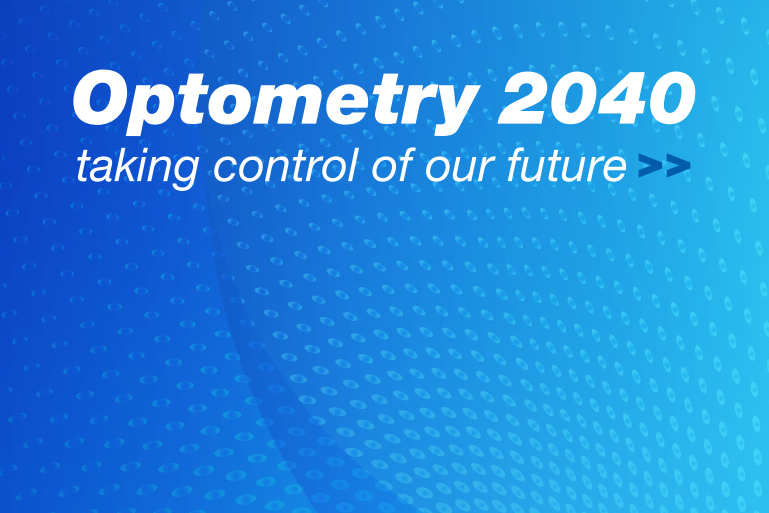OA releases 20-year plan
Optometry Australia (OA) has released its 20-year vision for optometry in Australia. Optometry 2040 taking control of your future, saying the 20-year agenda aims to create a plausible, sustainable future for optometry and primary eye health care and will be used to drive reform in government policy, regulation and education.
It says by 2040 clinical eye care, the practice of optometry and the way consumers collaborate in their health care decision making will be very different from today, with change being driven by demographic, technological, economic, government, and societal forces. Practice models, working conditions, clinician training requirements, patient eye care and communications need to evolve too, it says, stressing that the optometry sector must adapt to create a future in which optometry remains a valuable health care profession improving population eye health.
OA says the document was developed after extensive collaboration with members, stakeholders and key sector influencers throughout Australia.
The top trends shaping optometry’s future as highlighted in Optometry 2040 are:
- Consistently evolving technology
including artificial intelligence, mobile and wearable devices. - Evolving scope of practice
to ensure the highly skilled optometry workforce are used more effectively to meet community need. - Consumer-centric care
with high consumer participation, facilitated by digital communication. - Big data driving decision-making
which can improve efficiency and productivity at both a system and practice level. - Alternative models of funding
with a need for new approaches potentially drawing on multiple sources. - Changing demographics of the workforce
the Australian optometry workforce is growing quickly, becoming more female and younger. - Changing social demographics
with an ageing population and escalating rates of chronic disease.
To support the realisation of a preferred future where optometry embraces these trends to support ready access to quality, comprehensive, and well-integrated eye care, Optometry Australia says it has committed to a number of priority actions. These include mapping actions necessary to support the evolution of the profession’s scope of practice, and providing the profession with an online CPD institute to provide flexible access to a diversity of quality CPD.
Leadership change
Optometry Australia has also announced new leadership appointments.
Darrell Baker has been appointed president and Kylie Harris, deputy president of the organisation.
Mr Baker said, “This next phase for our organisation will ensure maximal use and further development of the skills of optometrists, and practice and clinical management to meet rapidly changing patient requirements and community eye health demands. There is no place for reactive organisations in today’s world – we need to be proactive and forward-thinking if we are to shape our future as a profession and I am excited about the leadership challenge this presents”.
Baker joined the Optometry Australia board in November 2011 and served as deputy president prior to his recent appointment replacing Andrew Hogan from Tasmania as president. Harris was appointed to the Optometry Australia board in December 2016. “I am very interested in evolving the scope of practice for optometry, supporting research, high quality education, and improving the patient experience as they are crucial for our profession to succeed." she said.
The launch of Optometry 2040, coincides with the 100-year anniversary of OA. A full copy of the report is available here.



























